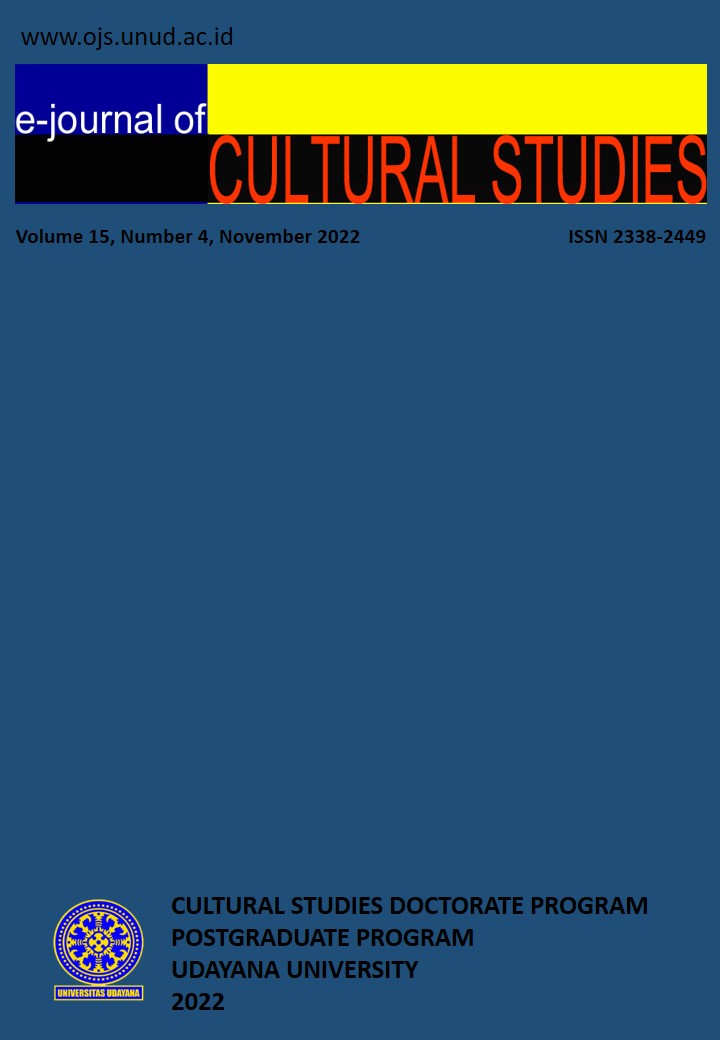DECONSTRUCTION OF PATRIARCHIC CULTURAL DISCUSSION IN TRADITIONAL VILLAGE LEADERSHIP
Abstract
This research starts from the existence of a gap between reality (dassein) and idealism (dassolen) that so far the position of the traditional village chief has always been occupied by men, not a single woman has held this position, even though ideally women can also become traditional village chiefs because there is no prohibition for women to do so. The theories used in the theoretical basis for this research are deconstruction theory, intersectionality theory, and subaltern theory. The research method used is a qualitative research method, with observation and interview techniques used in data collection. Data analysis was carried out deconstructively. The results of the study indicate that the strong dominance of the masculine in the leadership of the Buduk Traditional Village is based on or motivated by three main things: (1) various political ideologies that support patriarchal culture, (2) the interest to maintain the power of men, (3) the practice of giving meaning to women. Women and men in the context of traditional villages which show various meanings. These various meanings essentially indicate efforts to legitimize men's power and women's subordination, accompanied by co-optation and manipulation efforts to realize the legitimacy of men's power and women's subordination in traditional village life.
Keywords: traditional village, leadership, patriarchal culture, discourse, deconstruction







